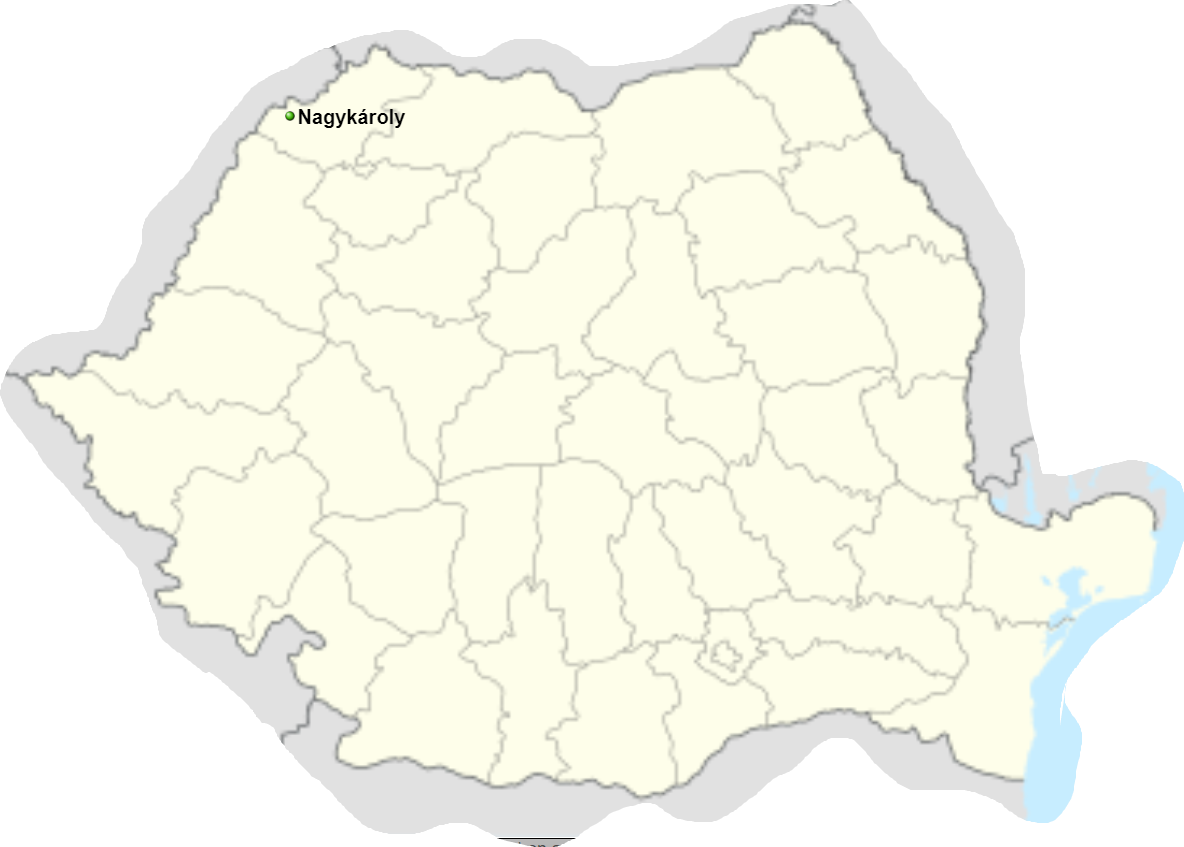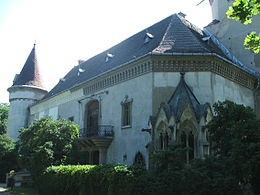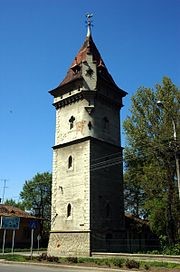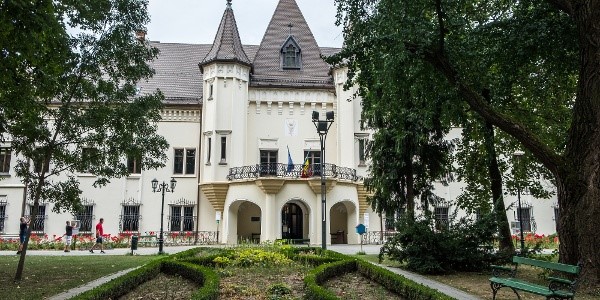Carei, formerly Careii Mari, is a municipality in Satu Mare County, Transylvania, Romania, consisting of the component localities of Carei (the residence) and Ianculești (Sânianoș).The name of the locality is attested from 1320 as villa Karul (“Carol’s village”), but the habitation of the area predates the documentary attestation.
In the 14th century, the town was a small settlement with a few streets, the peasants’ houses being made of adobe and covered with reeds, around the Károlyi family’s estate. At the end of the century. At the end of the century the 18th century, the following neighborhoods existed in the city: the Craftsmen’s Quarter, the Swabian Quarter, the Outlaw Quarter.
Also in the 18th century, the curial nobles, such as the Vaday and Tompe families, who had properties in the city, are also mentioned. The Csiszar, Fekete, Jasztrabszky, Irinyi, Luby, Medc, Szaploncai and Suhanyi families were inscriptional nobles, under noble jurisdiction. So, the city had an agricultural character (the vast majority were serfs and serfs), trade and crafts developed. In 1784, there were 370 craftsmen in the city who practiced 54 trades and were united in craft guilds. In 1467, Carol Coroi de Oncești (from Maramureș) and his son Ioan were elevated to the rank of baron by King Matia Corvin, as a result of their bravery in defending and rescuing the king in Moldova, during the conflict with Stephen the Great.In 1473, King Matthias Corvin names the sons of Ioan Caruli in a document: fidelium nostrorum nobilium. In later documents of the time, Coroi’s descendant Johannis de Karol will be mentioned alongside his wife Anna and his sons Johannis and Andree de Karol. In 1727, the Piarist gymnasium began its activity; the first director was Gabriel Bentsik, and the last – in 1948 – Béla Kovács.
In 1754 Count Karolyi Ferenc established the first printing house of Sătmar county in the city, and in 1765 the first pharmacy of the city (Jclinek pharmacy) was opened. Among the events of the 18th century, we record the burning at the stake, in Carai, of the last witches. In 1730 Borka Toth from Sarollyan was sentenced to death and burned at the stake in Carei, and in 1745 the witches Pila Rekettye and Anna Varga from Csaszlo commune were interrogated and subjected to terrible torture, sentenced to death and burned at the stake in town. In the 19th century, the development and urbanization of the city continued. In the 19th century, the development and urbanization of the city continued. After the revolution of 1848, the city received organized status, which came into force in 1876, when Jozsef Hegedus became the first mayor of the city. The city’s seal and coat of arms date from 1848, reinforced in 1902 and 1907 by Emperor Franz Josef.
In the 1920s, new neighborhoods were established in the city: the neighborhoods of Petrești, Tireamului, Căplenilor, the hamlet of Galamboș, Tiszlviselo-telep (Str. Nicolae Iorga) was populated with the housing of city officials.
Until the 16th century, the city’s population was predominantly Hungarian, but the ethnic picture would change following colonization and population movement. Thus, in the year 1779 in the “Karoly Mezo Varos” domain of Count Antal Károlyi, the ethnic composition of the population is as follows: “Natio Hungarian, Russian, Romanian, Jewish, Swabian, German. Households with their own home 939, in the neighborhood of Haiducilor 72, also there the jelers have 20, the Jews have 32 houses. Amount 1063. Although in the period 1760-1919 Carei was the center of Sătmar county, the city experienced a weak industrial development, maintaining its agricultural character until around 1960. In 1926, it was attached to Sălaj county (interwar), being also the residence of Plășia Carei.
Following the Vienna Dictatorship of August 30, 1940, the city came under the administration of Horthy Hungary, being liberated following the Battle of Caria on October 25, 1944 (Romanian Army Day).





